Since his 1982 debut The Sword and the Sorcerer, director Albert Pyun has become something of a B-movie legend, with credits including the Jean-Claude Van Damme vehicle Cyborg, the second and fourth films in the Kickboxer series and Andrew “Dice” Clay’s Brain Smasher ... A Love Story. His 1990 version of Captain America is getting renewed attention thanks to the upcoming film featuring the Marvel Comics character, and Pyun, who’s recently relocated to Vegas, will be showing a director’s cut this weekend, plus appearing for a Q&A.
How did you first get involved with the Captain America movie?
Calendar
- Captain America, Albert Pyun Q&A
- July 2, 11:30 p.m., free.
- Rave Motion Pictures at Town Square
- Beyond the Weekly
- maximumcomics.com
I was ready to leave Cannon [Films] at the same time Menahem Golan was leaving to form his own company, 21st Century Films. I told Menahem to make sure he took Captain America with him, as it could really be a valuable project. He did, but obviously it was a struggle for him financially to get 21st Century up and running. So he couldn’t afford a rights payment that was coming due. His rights to Captain America would revert back to Marvel if he missed the payment. I asked to read the most recent and Marvel-approved draft of Captain America and loved writer Stephen Tolkin’s take on the character, because it was really about Steve Rogers and our hero culture in the United States. I found it to dovetail into my own feelings about the character. I went right to Menahem and proposed a way to make the film on a budget and before the rights expiration date. Menahem gave me the green light, and off I went.
Were you familiar with the character beforehand?
Yes, I grew up loving the comic book, and especially the Steve Rogers aspect, his conflicts and confusion. It was one of my favorites, and I never missed it. It was the first comic book subscription I ever had.
What was your approach to the character?
Well, I loved Tolkin’s take that it was about Steve Rogers’ quest to learn what it means to be a hero. That some super-soldier experiment didn’t make him a hero, that he was already one and just had to find his way to it. That’s the reason in the middle of the film, once Steve Rogers gets out of the Captain America costume, he doesn’t wear it again until he understands what it means and why a Captain America is both relevant and important to the world. The first time he puts on the costume because he’s told to, the second time because he wants to and he accepts all the responsibilities that go with the symbolism.
How did you go about creating a superhero epic on a small budget?
Well, we started with what I thought was a good budget, around $6 million—in 1989 dollars. But it became quickly apparent that Menahem was not able to close his bank financing for the project, and the cash flow just vanished. My producer, Tom Karnowski, literally was told to travel to different countries with a suitcase to pick up cash. It was a miracle the production didn’t shut down and fall apart. So we just shot as fast as possible and used that momentum to finish the shoot.
Were you disappointed in the way the movie’s release was handled?
I was disappointed in the version they released, because [the studio] had no interest in the movie I made or the character of Steve Rogers. They wanted it to be strictly a costumed-hero action-fest with no depth or pathos. The movie I made had a melancholy feel to it. There was sadness at its heart for what can happen to our lives when a government steps in and uses individuals for their own questionable purposes. My Captain America was more about the loss and lies these “heroes” experience, similar in a way to what the U.S. government recently did to Pat Tillman and his family.
What do you think of the new Captain America? How do you think it will compare to your version?
Well, it seems like they had a good budget! Much bigger than what I had. I think it’s probably the movie people wanted back in 1989. It’s interesting to see how the availability of CG really solves a lot of the challenges I had, like the shield and the transformation. I also think Marvel is savvier now about movies. I petitioned them over and over to let me adjust the Captain America costume, but back in 1989 they were adamant it had to be the one in the comic. Now I see they adjusted it for movies. I just hope Steve Rogers didn’t get lost in the big tent-pole movie conceptualizing.
Do you think that the renewed attention on your film might help vindicate your approach?
I think for people seeing my director’s cut, I think it will be. I think now that people are seeing what I had in mind, I think that it will gain more acceptance. I also think audiences have grown since the late ’80s. I think they’re much more knowledgeable and much more open-minded than they were back then. I think they have the ability to want something more unique and different than something that’s run-of-the-mill.
The crowd at the Rave B-movie night can get pretty rowdy, talking back and jeering at the movie. Are you comfortable with that kind of reaction?
Oh yeah, especially with my movies. You can’t expect anything less. I think it’s all part of the fun of it. I think they should enjoy it on whatever level they choose to, and I’m all for that. I’m looking forward to it. I just want people to have a good time with it and be jolly. They can be vocal. I know that based on the movie that we made, we can anticipate that kind of reaction. Even in my director’s cut, it wasn’t like we didn’t make some errors and step in the shit.
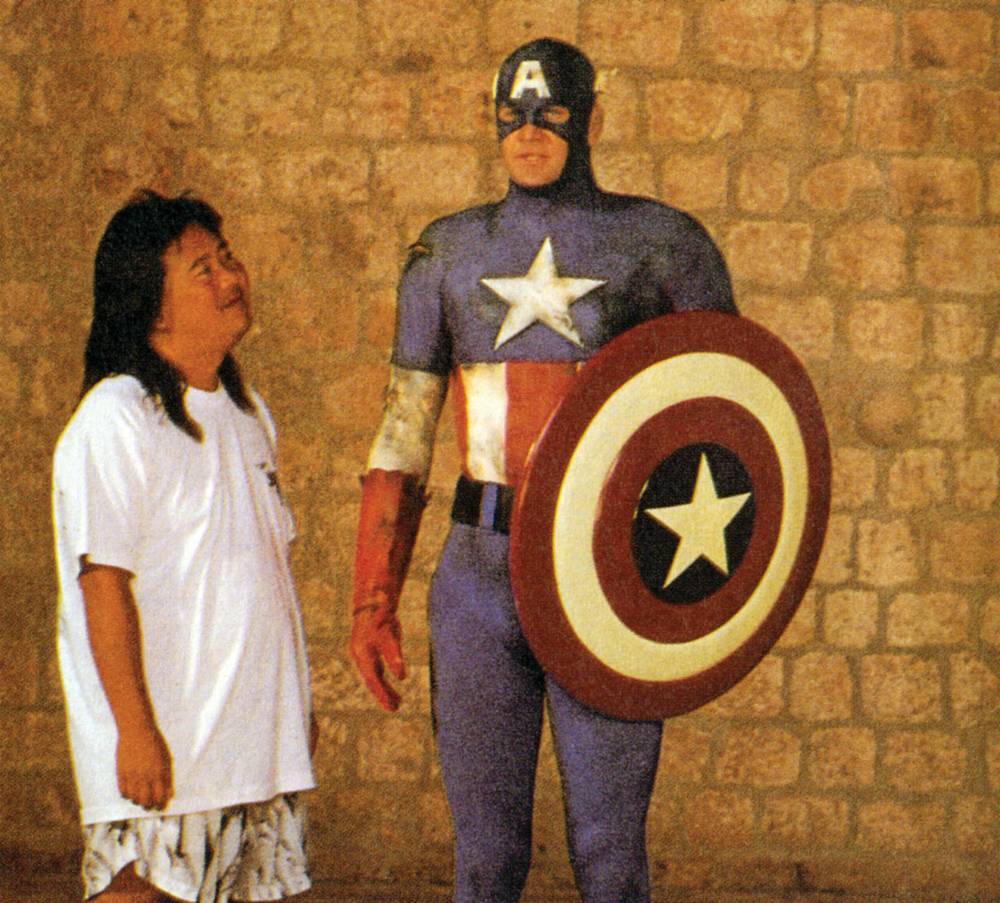

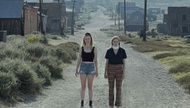
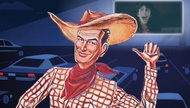
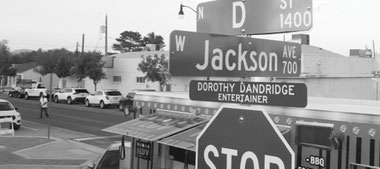

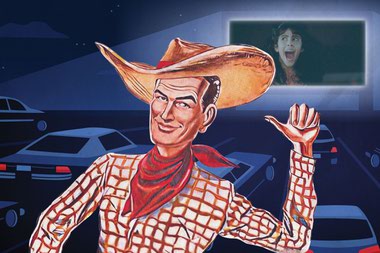
Previous Discussion: